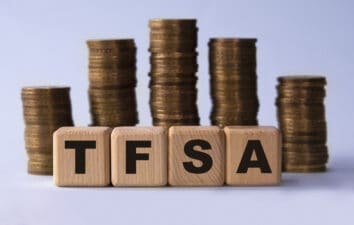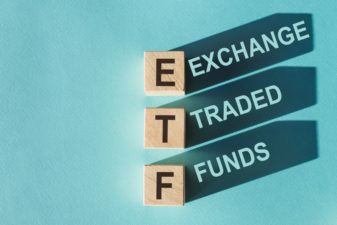Tax-free income can be a huge benefit for Canadians, especially through options like the Tax-Free Savings Account (TFSA). With the TFSA, any gains, whether from interest, dividends, or capital gains, are completely tax-free. For example, if you contribute the maximum allowable amount of $7,000 in 2024 and let it grow over the years, the returns are yours to keep without paying a single cent in taxes. Over time, that can lead to significant savings.
As of 2024, the total contribution room for a TFSA could be as much as $95,000 for those who have never contributed before. This means that retirees, in particular, can withdraw funds without worrying about it affecting their taxable income or pension benefits! So, how can you get started?
Strategies
Canadians have several strategies to create tax-free income, with one of the most popular being the TFSA. This account is ideal for retirees or those looking to supplement their income without affecting their tax brackets, as withdrawals are completely tax-free and won’t affect government benefits. These would include ones like the Canada Pension Plan (CPP) or Old Age Security (OAS). Another great option is using the TFSA to hold dividend-paying stocks, providing a steady, tax-free income stream.
And yet another avenue for tax-free income is through principal residence exemptions. If you sell your primary home, any capital gain is generally exempt from taxes, thereby allowing homeowners to benefit from a significant tax-free profit. Moreover, tax credits, such as the Canada Child Benefit (CCB), provide families with tax-free monthly payments based on income, thereby helping supplement income while avoiding any tax burdens. Combining these methods can lead to a diversified strategy for maximizing tax-free income, whether you’re preparing for retirement or managing day-to-day finances.
Make even more
iShares Canadian Select Dividend Index ETF (TSX:XDV) can be a solid choice for investors looking for steady income, especially retirees. This exchange-traded fund (ETF) focuses on high-quality, dividend-paying Canadian companies. This gives investors exposure to reliable sectors like financials, energy, and utilities. With a dividend yield of around 4.82% at writing, XDV offers a consistent income stream. Thus making it an appealing option for those wanting to supplement their Canada Pension Plan without excessive risk. Plus, the companies in this ETF have a history of paying and even increasing dividends over time, adding a layer of stability to the portfolio.
In addition to income, XDV has a relatively low management expense ratio (MER) of 0.55%. And this means more of your investment returns stay in your pocket. It also tracks some of the biggest names on the TSX, providing both diversification and exposure to growth sectors. This blend of income and long-term stability makes XDV a practical option for investors seeking to balance income generation with capital appreciation.
Bottom line
So, how much could you earn? Let’s look at how much VXC ETF has gained this year and add in the dividends from a $7,000 investment. Year to date, the stock is up 13% as of writing. Here’s what would happen if this occurs once again.
| COMPANY | RECENT PRICE | NUMBER OF SHARES | DIVIDEND | TOTAL PAYOUT | FREQUENCY | PORTFOLIO TOTAL |
| XDV – now | $30 | 233 | $1.35 | $314.55 | monthly | $7,000 |
| XDV – 13% | $34 | 233 | $1.35 | $314.55 | monthly | $7,922 |
That’s right; investors could earn $922 from returns and $314.55 in dividends this year alone. That would total $1,236.55 in passive income, certainly helping earn even more tax-free passive income.







